In the greatest confusion there is still an open channel to the soul. It may be difficult to find because by midlife it is overgrown, and some of the wildest thickets that surround it grow out of what we describe as our education. But the channel is always there, and it is our business to keep it open, to have access to the deepest part of ourselves.”
– Saul Bellow, Novelist
Buenos Aires – Picking up from the start of our Supreme Directors’ tour which I began several weeks ago, we move on to Carlos María de Alvear. Rather than delve deeply into the world of this troubled youngster, let’s do the true nutshell version. Born in 1789 to a Spanish nobleman and a criollo (“of pure blood, but not noble”) woman, he was raised in the north part of the viceroyalty that was to become Argentina, a town which later became part of Brazil. At age 13, on a family trip to England, their ship was fired upon by the British, his mother and brothers were killed, he and his father taken captive and thrown in jail. Released shortly thereafter, his father married an Irish woman and raised young Carlos in England. Returning in his late teens to this country, changed his last name to his mother’s (both in her memory and to prevent embarrassment for his father), took up arms with the revolutionary army against Spain, in short order rising to the top ranks of military officers, and at age 23 supporting his cousin Posadas (some say uncle, but I covered that in the previous post) as the best man for the post of first Supreme Director. Within less than a year, however, finding himself in disagreement with the direction the new country was taking, he undertook to have his cousin replaced and have himself named, at age 24, as the second Supreme Director of the country, a position he managed to hold onto for a mere four months when a combination of his lack of experience, the unwillingness of anyone to pay attention to him, and the discovery that he’d been in contact with the British embassy in Brazil to ostensibly launch a takeover of the new country. Somehow he managed to stay in more or less good graces and continued his military career with varying degrees of success, until in 1815 he was exiled to Brazil and Uruguay. He returned in 1822 under an amnesty law, and within a year managed to get himself appointed as Argentina’s minister to the United States, made a bid to Simon Bolivar to be named president of Colombia, came back to Argentina to become the Minister of the army and navy, and was appointed as Argentina’s first ambassador to the United States, a position he stayed in, living in New York City, until the end of his life in 1852, after which his body was returned to be buried in the family mausoleum in the Recoleta Cemetery.
He is remembered here with a massive monument in front of the Palais de Glace, pictured at the bottom of the previous post linked above, atop a high pedestal and surrounded by four allegories representing his supposed personal virtues – strength, eloquence, liberty, and victory – and the parallel avenue, Avenida Alvear, one block away. The avenue, at one time known as La Bellavista for it’s wide, tree-lined stretch of wealthy family palaces, is now probably the principal luxury shopping district in the city, with the local shops of major international brands like Hermes, Cartier, Zegna, Vuitton, Armani, and Ralph Lauren (which occupies an entire old small palacio on its own).
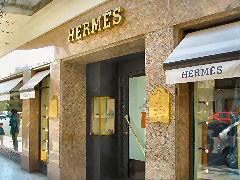
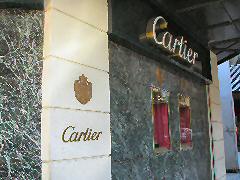
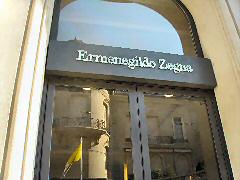
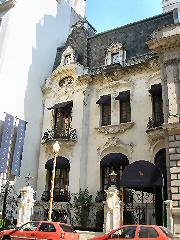
Beginning from his monument, however, the street starts with another, the monument to his son Marcelo Torcuato de Alvear, in the plaza of the same name, and who has his own avenue and who we’ll get to one day…
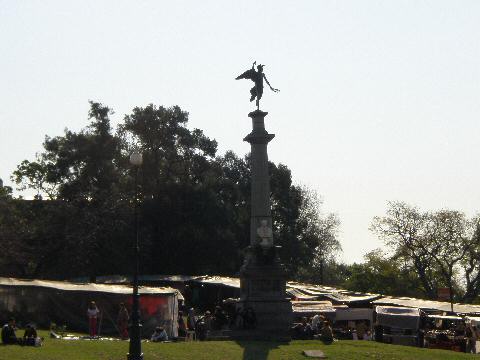
Looking from the monument, you can see down the beginning of this beautiful six-block long avenue…
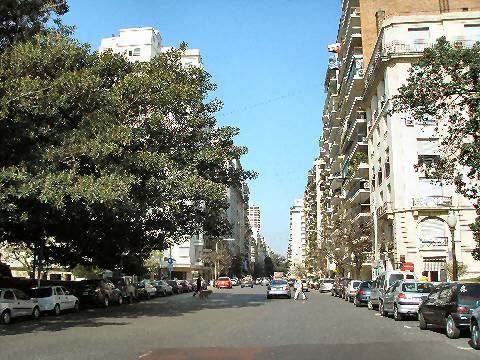
To the left is the small Plaza San Martin de Tours – of main interest are the massive, gnarled, old rubber plants, planted well over a century ago, and beneath them, a statue of famed journailist Emilio Mitre in a pensive pose, the work of sculptor Hernán Cullen, with a base of grey granite, the main sculpture carved from a single piece of Carerra marble, and adorned with various bronze touches…
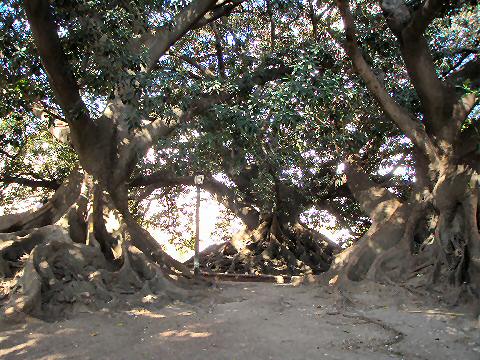
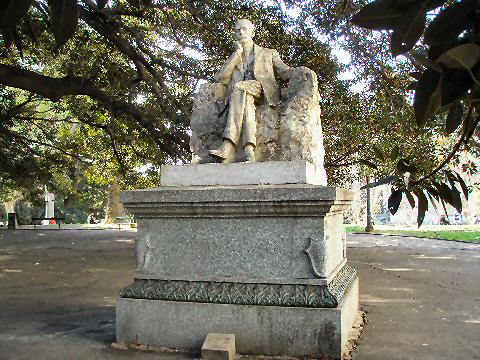
To the right, in a small point of land, two statues, the first that of San Martin de Tours himself, patron saint of France, soldiers, and the city of Buenos Aires, in classic pose astride a horse with a beggar reaching towards him in supplication. At the top of the point, alongside famed cafe La Biela, is a statue to former police chief Ramón Falcon, whose story I covered in a post on Parque Carlos Thays…
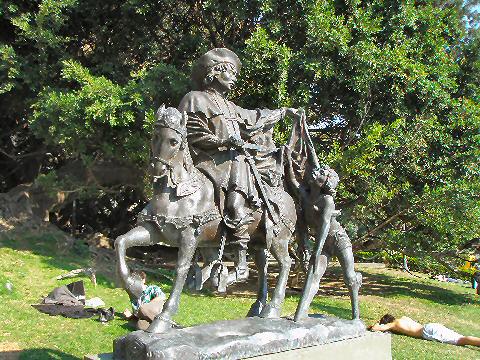
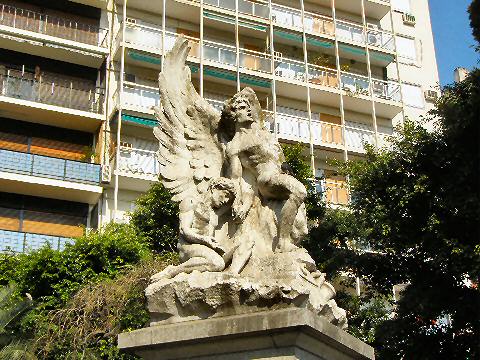
Finally, starting down the avenue, the first sight is the imposing bulk of the Alvear Palace Hotel, while not the most expensive of hotels in Buenos Aires, certainly the classiest, with its not to be missed daily afternoon tea in L’Orangerie and the elegant, if somewhat anachronistic bastion of French dining, La Bourgogne. Built in 1928, the hotel went through a period of decline in the late 40s and early 50s, and many of its larger suites were sold off as private apartments, and remain so to this day. Its rooftop garden is the setting for many of the most elegant porteño functions in the city, and the shopping galleries that surround it are home to some of the most exclusive shops in town. It is also the site for events for many of the city’s wealthy orthodox Jewish families as it is the only hotel in town that maintains a separate, certified kosher kitchen.
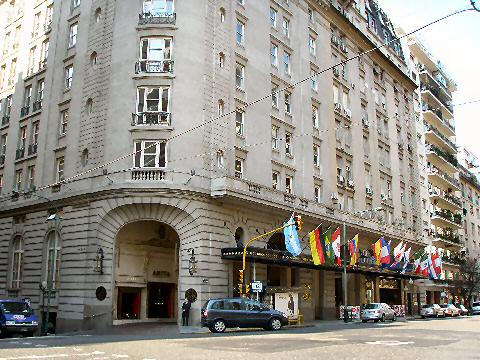
At the far end of the same block, the beautiful 1925 building, originally apartments, and today the Casa de las Academias Nacionales is located at 1711. In 1980 there were plans to demolish this building, along with many others in the area, and it was only through the extensive efforts of local preservationists that the city finally declared the street a historical district – too late for many other buildings that had already been torn down. The Casa is now the headquarters representing most of the national scientific academies. Across the street, for wine aficionados, is Grand Cru, one of the more exclusive wine shops in town, and one of the few importers of wines from overseas.
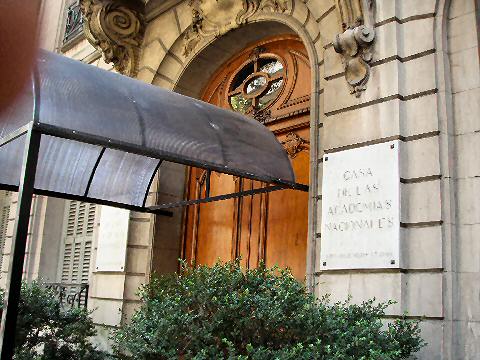
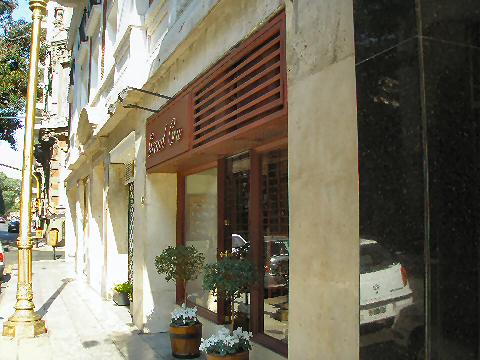
Cross-corner from the Academias, the Palacio Casey, built in 1889 for Eduardo Casey, a wealthy landowner, is now the home of the Secretaría de Cultura de la Nación – the principal offices of the President’s secretary of culture and associated activities…
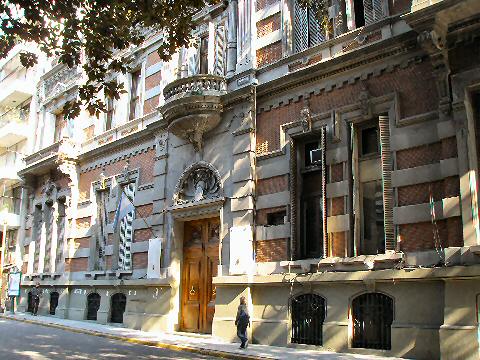
The next block is what I can only imagine is an architect’s wet dream. The left-hand side has a lineup of three old palacios, all interconnected by passageways. First up the original Residencía Hume, built in 1890, which later became part of the Palacio Duhau when it was sold to members of the Duhau family in 1920, and then passed on to a family member, Maria Candelaria Maguire, and is locally simply referred to as La Mansión. Next to it, the more modern (1934) addition of the Residencia Duhau, now the Park Hyatt hotel. And, finally, the 1909 edifice, the Palacio Harilaos de Olmos, which is now the Vatican Embassy and papal residence…
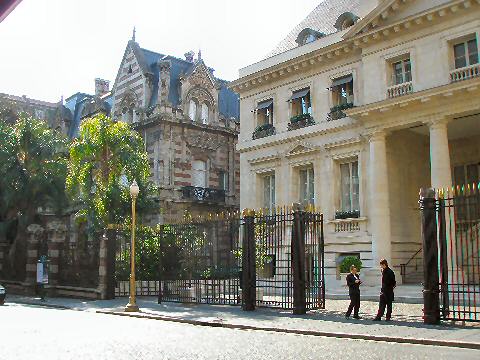
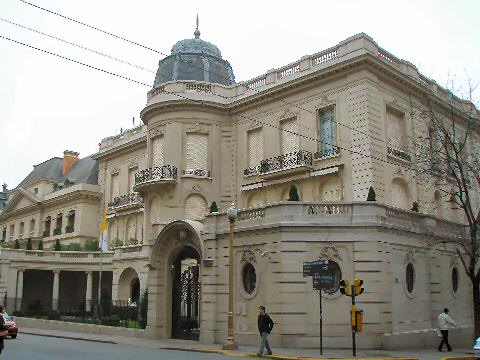
Continuing onto the next block, my least favorite of this short trek, your eye may be drawn to the unfortunately named Galeria Rubbers, one of the more important art galleries in the area. Further down the street, where there once stood a long forgotten palacio, is this ugly, if colorful apartment tower, rising high above anything else in the neighborhood…
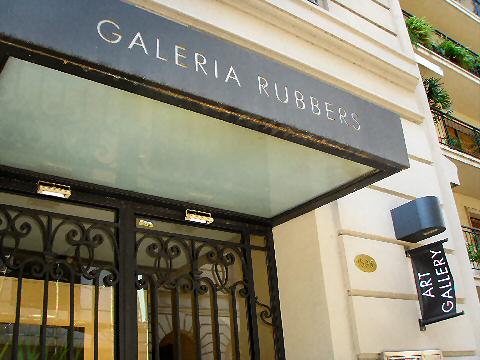
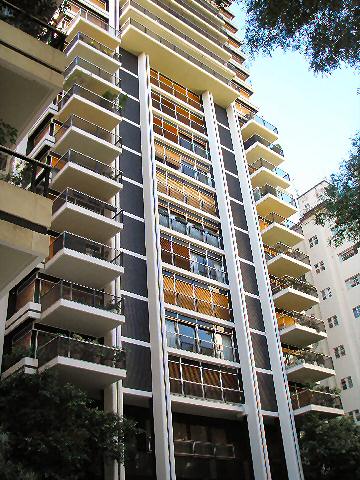
Finally, in the combined 1300 and 1400 blocks, the street opens up into the beautifully landscaped Plaza Carlos Pellegrini. Dominating the plaza is the statue of Pellegrini, president of the nation in 1892, and founder of the Jockey Club, which can be noted along the left-hand side of the street (no photo), housed in the former Palacio Unzue de Casares. The statue depicts Pellegrini on the prow of a boat grasping the national flag in his left hand, and holding up his right in determination. An image of “The Republic” carries the symbol of unity and the national shield as protection for the President, and the side sculptures symbolize justice, and the struggle for progress.
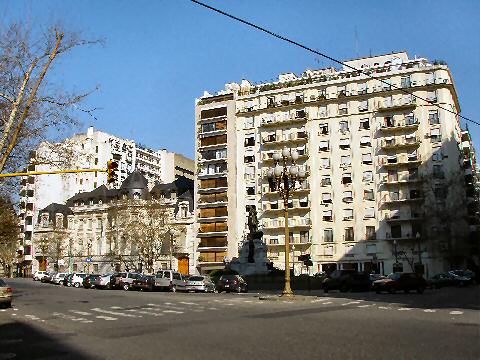
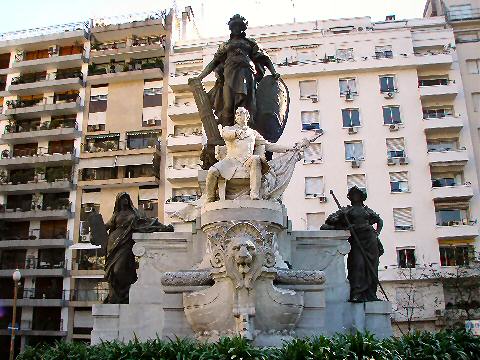
While not actually a part of Avenida Alvear, it is worth noting the trio of buildings that surround the far end of the Plaza. From the left, the Edificio Atucha, originally a private home; the French Embassy, built in 1912 as the
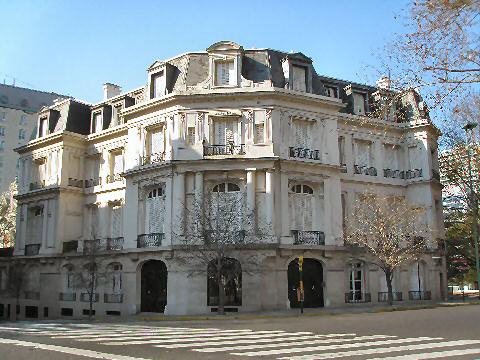
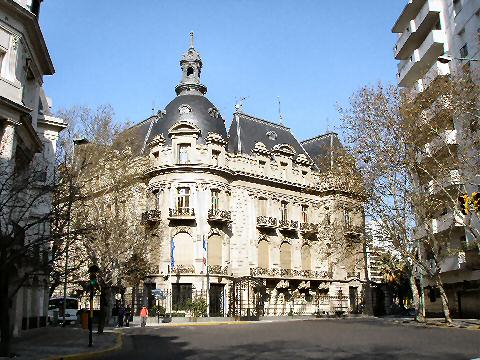
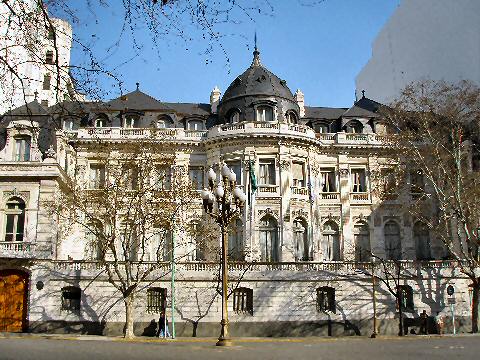
And that, with a whole load of photos, finishes off our look at the remains of Carlos María de Alvear – an avenue, a monument, a plaque on a corner building, and a family mausoleum…
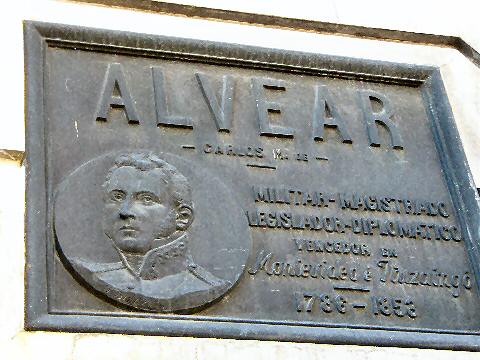
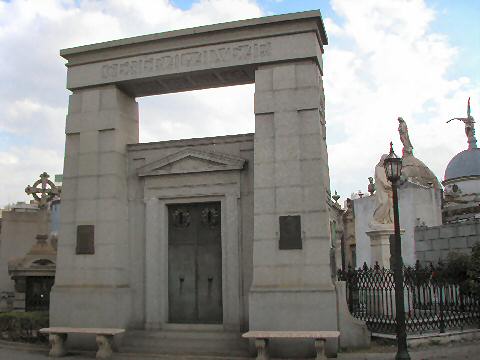
Great pictures – we were just downtown in San José and there are parks and statutes a plenty. No Hermés…
Love the quote – excellent.
[…] Aires – Continuing on my series of Supreme Directors’ walks – we pick up, chronologically, though not geographically, with General José Casimiro Rondeau […]
[…] him? Well first and foremost, he was the guy instrumental in the downfall of Supreme Director #2, Carlos María de Alvear, so at least on that basis he was a logical fill-in sorta guy. But, what about the guy […]